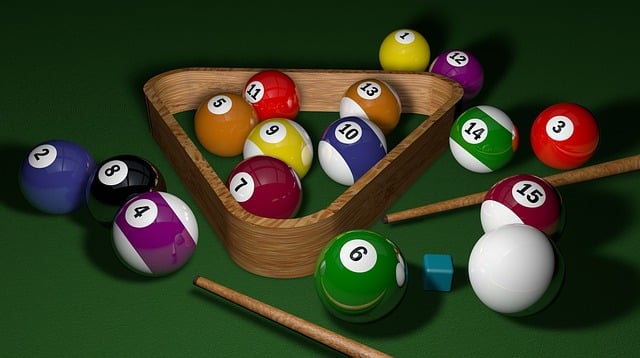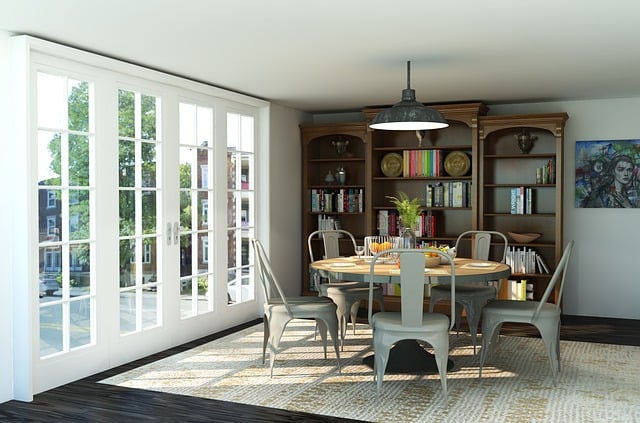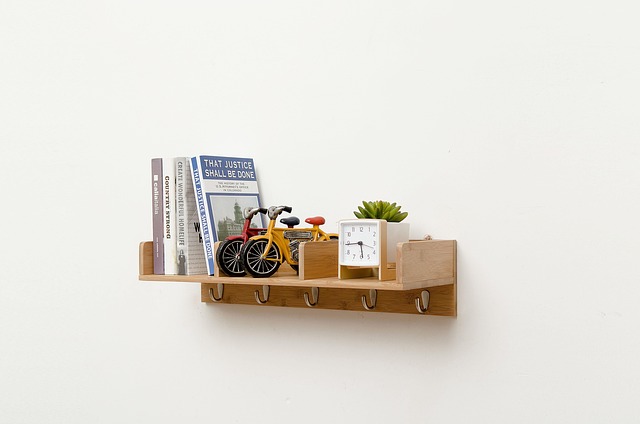The choice of felt on a pool table affects gameplay and costs, with traditional wool offering superior responsiveness but at a higher price than synthetic blends. Refelt prices range from $150 to $400 for wool, and even more for larger, specialized tables. Synthetic felts are affordable alternatives, lasting 3-5 years, while natural wool lasts up to 10 years. The average cost to refelt a pool table is several hundred to over a thousand dollars, depending on factors like table size and material.
“Elevate your pool gaming experience with the perfect felt! This comprehensive guide explores the ideal types of felt for your pool table, from traditional wool to modern synthetic alternatives. We’ll dive into the factors affecting cost, including material and size, and uncover tips for maintenance to ensure longevity. Discover the average refelting price range and learn how to make an informed decision, transforming your table into a champion’s arena.”
- Types of Felt for Pool Tables: A Comprehensive Overview
- Factors Influencing the Cost of Refelting a Pool Table
- Maintenance and Longevity of Different Felt Types
Types of Felt for Pool Tables: A Comprehensive Overview

The type of felt used on a pool table plays a significant role in the overall playing experience, from ball speed and control to the table’s durability. Traditional wool remains the gold standard due to its exceptional responsiveness and ability to maintain a smooth surface. However, modern alternatives like synthetic blends offer enhanced performance at varying price points, making them attractive options for both professional tables and home games.
When considering the cost of pool table felt, the average refelt price ranges from $150 to $400, depending on the material, thickness, and customization options. Wool felt tends to be on the higher end due to its natural properties, while synthetic blends offer more affordable solutions without sacrificing quality. Understanding these variations allows players to make informed choices based on their budget and desired performance characteristics.
Factors Influencing the Cost of Refelting a Pool Table

The cost of refelling a pool table, also known as felting or putting a new cloth on the table, varies based on several factors. One of the primary influences is the size and type of table. Larger tables generally require more material and labour, leading to higher costs. Additionally, specialty tables with unique designs, shapes, or materials can be more expensive due to the specialized skills and components needed for their refelting process.
Another significant factor is the quality of the felt fabric. Higher-grade felts that offer better playability, speed, and durability command premium prices. The expertise and experience of the refalter also play a role; skilled professionals with extensive knowledge in the trade can charge more due to their specialized techniques and attention to detail. Furthermore, additional services such as table disassembly, repair, or custom finishing can substantially impact the overall cost, making the average price for refelling a pool table vary widely from several hundred to over a thousand dollars.
Maintenance and Longevity of Different Felt Types

The maintenance and longevity of pool table felt vary significantly among different types. Natural felts, like wool, are known for their superior quality and playability but require more care. They need regular sweeping and cleaning to maintain their texture and color. Despite this extra effort, wool felts can last up to 10 years with proper maintenance, making them a cost-effective choice in the long run.
Synthetic felts, on the other hand, are more affordable initially but tend to degrade faster. They are easier to clean but offer less friction for the ball, affecting play dynamics. The average cost to refelt a pool table ranges from $150 to $300, depending on the material and size. Regular maintenance can extend the life of synthetic felts by preventing fibers from shedding, but they generally need replacing every 3 to 5 years.
When choosing the best felt for your pool table, consider both performance and longevity. While wool remains a popular choice due to its balance in speed and control, modern synthetic blends offer enhanced durability at a lower average cost to refelt a pool table. Regular maintenance, including cleaning and inspecting the felt, can extend the life of any type, ensuring your pool table remains a focal point of fun and competition for years to come.
